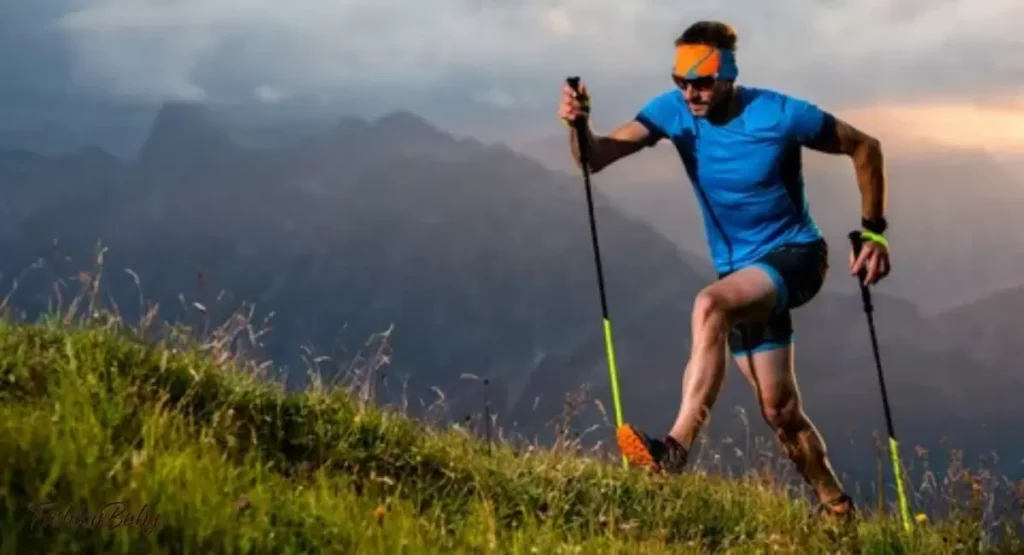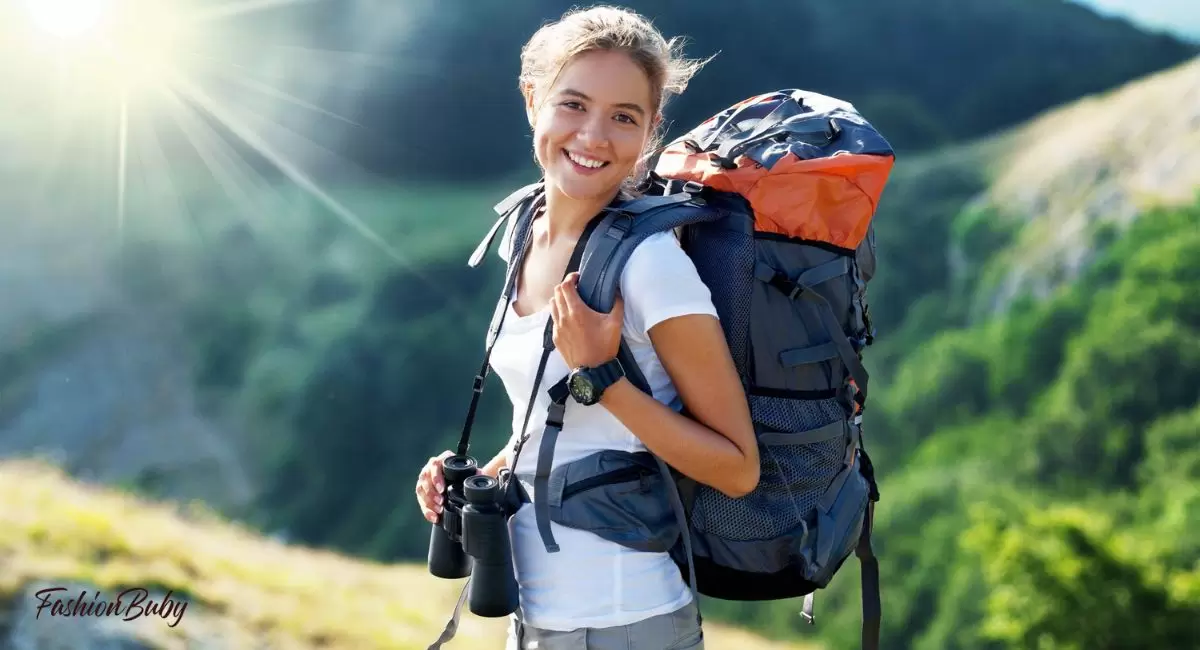Hiking in the summer offers the perfect opportunity to explore nature’s beauty under the warm sun. To fully enjoy your outdoor adventures, choosing the right clothing is crucial. Whether you are tackling challenging trails or enjoying a leisurely hike, your comfort and protection depend largely on what you wear. This guide will walk you through the essential clothing items and considerations for a comfortable and safe summer hike.
Lightweight and Breathable Fabrics

When gearing up for a summer hike, opt for clothing made from lightweight and breathable fabrics such as merino wool, synthetic blends, or moisture-wicking materials. These fabrics help regulate your body temperature by allowing sweat to evaporate quickly, keeping you cool and dry throughout your hike.
Related post: what to wear during paddle boarding- A comprehensive guide
Moisture-Wicking Base Layers
Start with a moisture-wicking base layer that fits snugly against your skin. This layer should pull sweat away from your body, preventing discomfort and chafing. Look for base layers made from synthetic materials like polyester or nylon, as they dry quickly and are highly breathable.
Sun-Protective Clothing
Shield yourself from harmful UV rays by wearing sun-protective clothing. Choose lightweight long-sleeve shirts and pants with a UPF (Ultraviolet Protection Factor) rating for added sun protection. Hats with wide brims or neck gaiters can also provide additional coverage for your face and neck.
Breathable and Quick-Drying Pants
Opt for lightweight and quick-drying hiking pants or shorts that offer mobility and comfort on the trail. Look for designs with built-in ventilation, such as zippered vents or mesh panels, to enhance airflow and keep you cool in warm weather.
Sturdy and Supportive Footwear

Select hiking boots or shoes that provide excellent traction and support for varying terrain. Lightweight and breathable footwear with moisture-wicking liners helps prevent blisters and keep your feet dry. Ensure your shoes are broken in before embarking on longer hikes to avoid discomfort.
Moisture-Wicking Socks
Pair your hiking footwear with moisture-wicking socks made from merino wool or synthetic blends. These socks help manage moisture and prevent blisters by keeping your feet dry and comfortable throughout your hike.
Layering Strategies
Layering is essential for adapting to changing weather conditions during your hike. Start with a moisture-wicking base layer, add an insulating mid-layer if temperatures drop, and top it off with a waterproof and windproof outer layer to protect against rain and wind chill.
Accessories for Comfort and Safety

Pack essential accessories such as a lightweight backpack, sunglasses with UV protection, a brimmed hat for sun protection, and a bandana or neck gaiter for additional sun coverage or warmth. Don’t forget to bring a lightweight, packable rain jacket or poncho for unexpected rain showers.
Considerations for Different Trail Conditions
Adjust your clothing choices based on the terrain and climate of your hiking destination. For hot and dry environments, prioritize lightweight and breathable clothing with sun protection. In humid or rainy regions, opt for quick-drying fabrics and waterproof outer layers to stay comfortable and dry.
Clothing Care and Maintenance
Properly care for your hiking apparel by washing them with mild detergent and avoiding fabric softeners that can reduce moisture-wicking properties. Always check and repair any tears or loose seams before each hike to ensure your clothing performs optimally on the trail.
How to prevent heat exhaustion
Avoid prolonged exposure to direct sunlight, especially during peak heat hours (typically between 10 a.m. and 4 p.m.). Take frequent breaks in shaded or air-conditioned areas to cool down and rest. If hiking or exercising outdoors, plan your route to include shaded rest stops or indoor facilities.
Know Your Limits
Listen to your body and recognize the early signs of heat exhaustion, such as excessive sweating, fatigue, headache, dizziness, nausea, and muscle cramps. If you experience any of these symptoms, immediately stop activity, move to a cooler place, and rest. Continuing physical exertion can worsen heat-related illnesses.
Read this also: Summertime Equestrian Outfit Guide
Clothes Checklist:
Moisture-wicking base layer: Synthetic or Merino wool shirt and pants
Sun-protective clothing: Lightweight long-sleeve shirt and pants with UPF rating
Breathable hiking pants or shorts: Quick-drying with ventilation
Sturdy hiking boots or shoes: Lightweight and supportive
Moisture-wicking socks: Merino wool or synthetic blends
Sun hat or neck gaiter: Wide-brimmed hat for face and neck protection
Frequently Asked Questions
Should I wear shorts or pants hiking in summer?
In summer hiking, choosing between shorts or pants depends on the terrain and conditions. Opt for lightweight, moisture-wicking pants for sun protection and rugged trails, while shorts offer breathability and freedom of movement on easier, hotter paths.
What is the best material to wear hiking in the summer?
The best material to wear hiking in the summer is lightweight, moisture-wicking fabrics like polyester or nylon, as they keep you cool and dry. Avoid cotton, as it retains moisture and can cause discomfort.
What do you wear on a summer hiking date?
For a summer hiking date, wear moisture-wicking activewear like a lightweight shirt and shorts, along with comfortable, sturdy hiking shoes. Don’t forget a hat, sunglasses, and sunscreen for sun protection.
How hot is too hot to hike?
Temperatures above 90°F (32°C) are generally too hot to hike safely, especially with high humidity. It’s best to avoid strenuous activity in such heat to prevent heat-related illnesses.
Conclusion
Dressing appropriately for summer hikes is essential to staying comfortable, protected, and prepared for any outdoor adventure. Opting for lightweight, breathable fabrics such as polyester or nylon helps regulate body temperature and keeps you cool by wicking away moisture. Sun-protective clothing, like long-sleeved shirts, hats, and sunglasses, shields you from harmful UV rays, reducing the risk of sunburn and heat exhaustion.
Moisture-wicking materials are crucial in preventing discomfort from sweat, ensuring you remain dry and comfortable throughout your hike. Sturdy, well-fitted footwear is equally important, as it provides necessary support and traction on various terrains, helping to prevent blisters and injuries.
Whether you’re exploring local trails or embarking on a multi-day trek, dressing in the right attire enhances your hiking experience by ensuring you stay comfortable and safe. Proper clothing allows you to fully enjoy the beauty of nature without compromising on your well-being, making each hike a more enjoyable and memorable experience.












